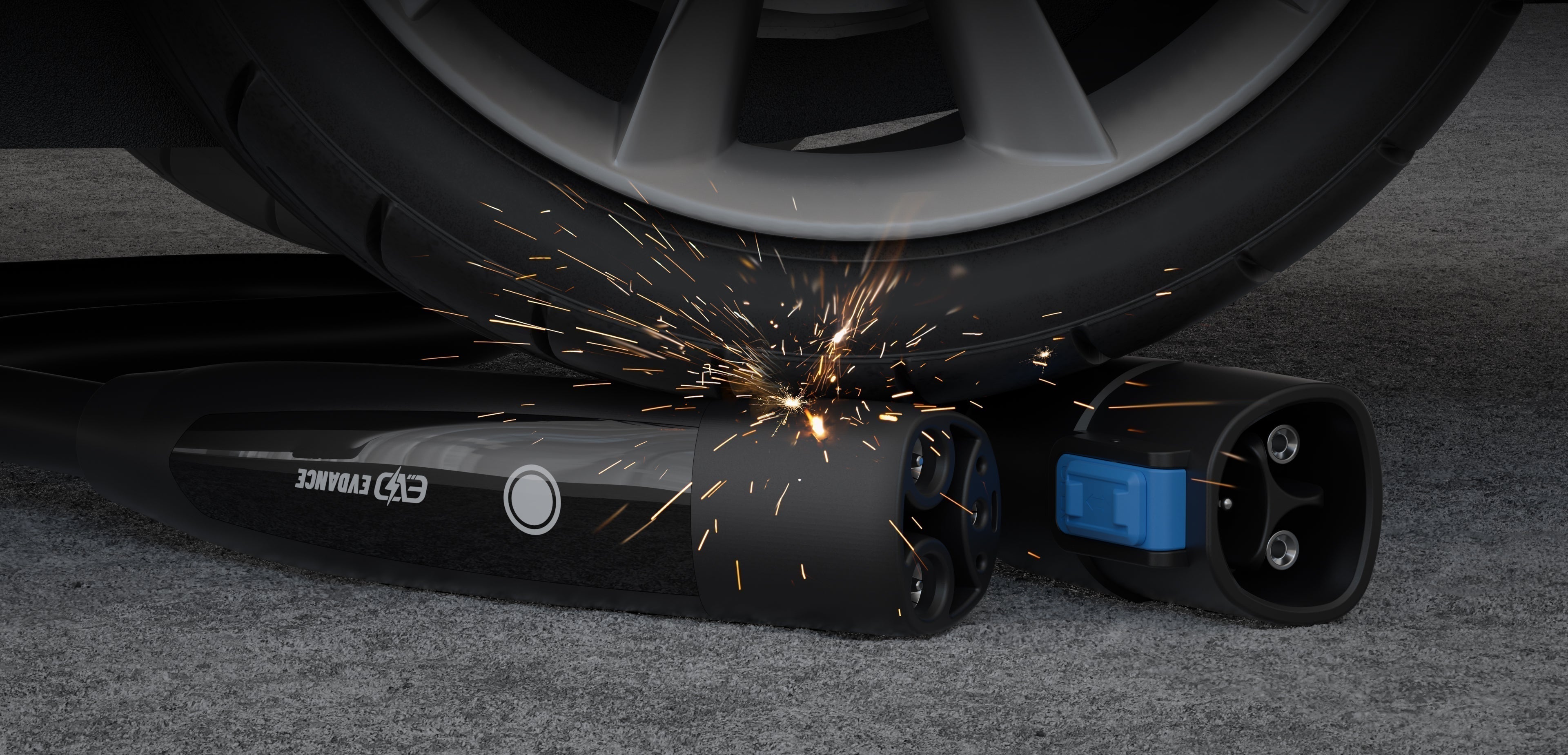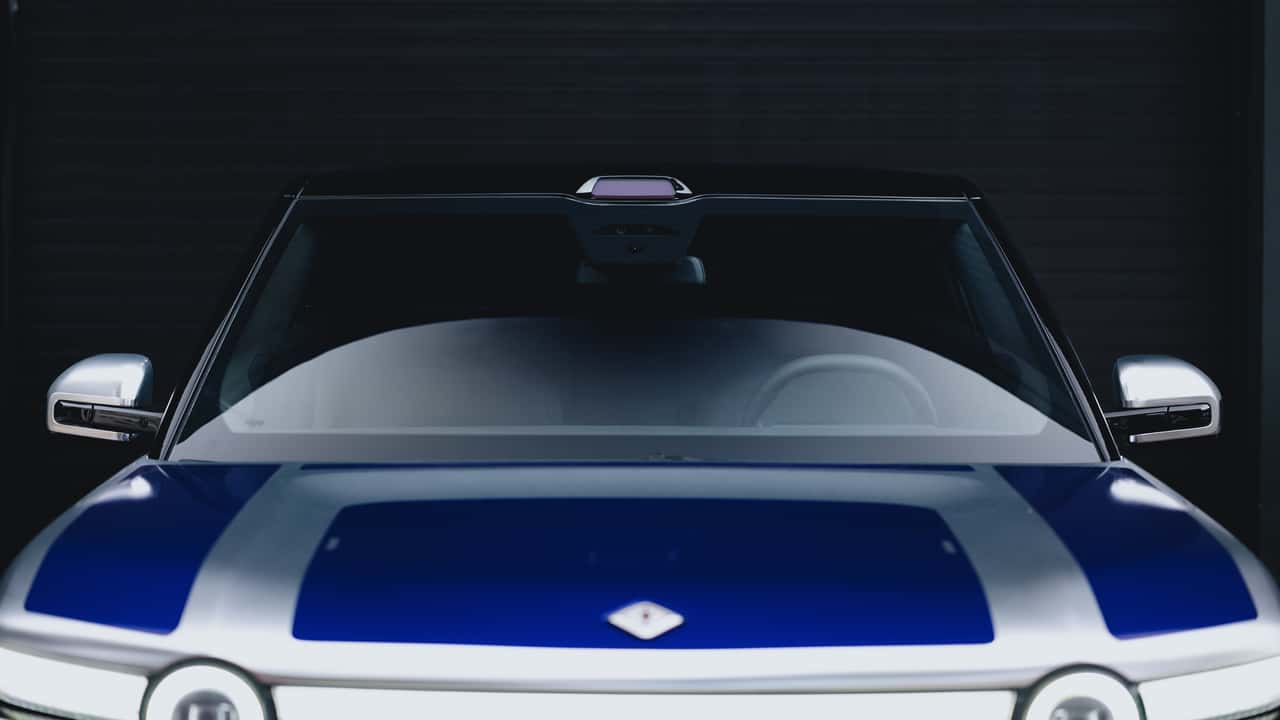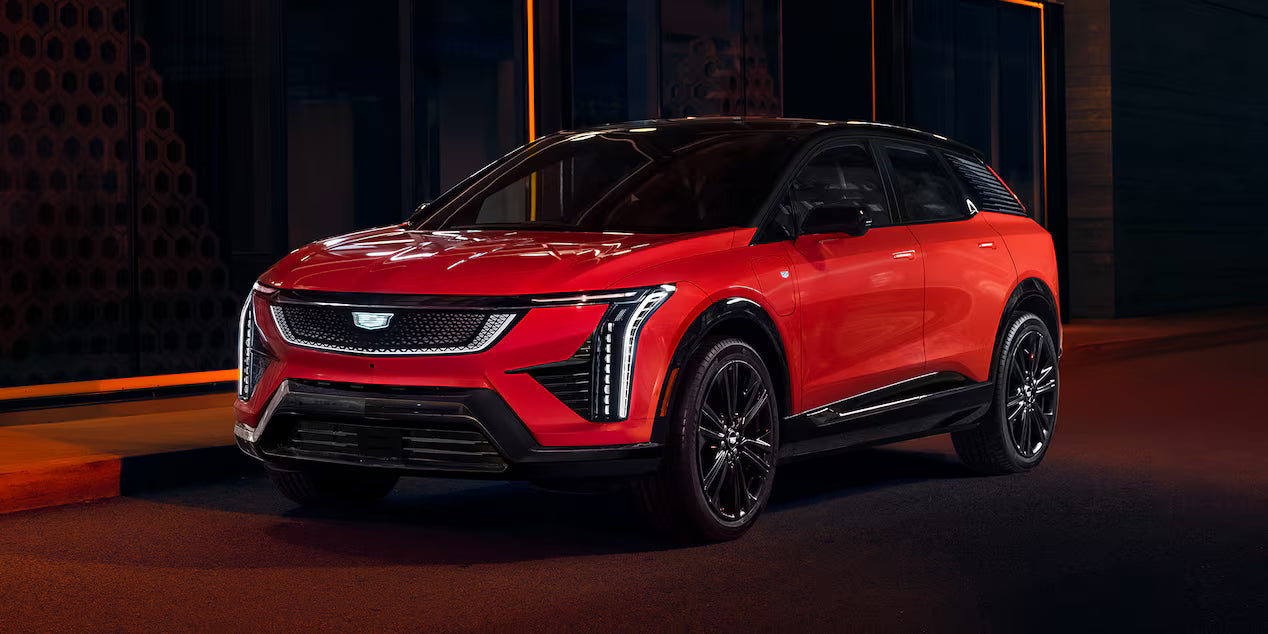As electric vehicles (EVs) become increasingly prevalent across the United States, the demand for convenient, flexible, and safe home-charging solutions continues to grow. For many EV owners, especially those who do not have immediate access to a wall-mounted charger or who must park at varying distances from their power source, an EV extension cord becomes a necessary accessory. However, not all EV extension cords are created equal, and choosing the wrong one can result in serious safety hazards, ranging from overheating to electrical fires.
In this article, we will examine the key safety considerations involved in selecting an EV extension cord, and why the EVDANCE EV Extension Cord is a secure, high-performance choice for today’s EV drivers.
Understanding the Electrical Demands of EV Charging
EVs require significantly more power to charge than everyday household electronics. While a standard toaster or laptop charger may draw only a few amps, Level 2 EV chargers can demand 30 to 50 amps of continuous current at 240 volts. This high electrical load places considerable stress on wiring, plugs, and connectors. Using an inadequately rated or poorly constructed extension cord can lead to:
-
Excessive heat buildup
-
Insulation melting
-
Electrical arcing
-
Circuit overloads or tripping breakers
-
Potential fire risks
Safety begins with using an extension cord specifically engineered for EV charging. Generic or household-grade cords are not designed for the sustained high power loads required to safely charge an electric vehicle.
EVDANCE: Safety-First Design for Modern EVs
The EVDANCE EV Extension Cord has been purpose-built to meet the rigorous demands of modern EV charging. With dedicated models available for both J1772 and NACS (North American Charging Standard) connectors, EVDANCE delivers a tailored solution to fit your specific EV model.
Note: EVDANCE offers two distinct EV Extension Cord products, each designed for one specific connector type. Customers can choose between:
A J1772 version, compatible with most non-Tesla electric vehicles (e.g., Ford Mustang Mach-E, Chevrolet Bolt, Nissan Leaf, BMW i3).
A NACS version, designed for Tesla vehicles and EVs adopting the North American Charging Standard.
These cords are not dual-interface or cross-compatible. Selecting the correct version ensures maximum safety, compatibility, and performance.
This deliberate engineering philosophy reflects our brand ethos: "Charge Beyond Limits" — empowering EV owners to charge safely, wherever the road may take them.
Key Safety Features of the EVDANCE EV Extension Cord
1. Certified Electrical Ratings: 40 Amps, 250 Volts
The EVDANCE extension cord supports up to 40 amps at 250 volts, enabling full-speed Level 2 charging for most residential EV charging setups. This generous capacity ensures that the cord does not become a bottleneck or heat source during operation.
2. Heavy-Duty Pure Copper Conductors (10 AWG)
EVDANCE uses 100% pure copper conductors with a 10 AWG (American Wire Gauge) thickness. Thicker copper wires lower electrical resistance, which minimizes voltage drop and reduces heat buildup over long charging sessions.
3. UL-Listed Components
Every component in the EVDANCE extension cord is built using UL-listed materials, meeting rigorous U.S. safety standards for fire resistance, electrical insulation, and mechanical durability.
4. Outdoor-Ready, Weather-Resistant Design (IP66)
The EVDANCE EV Extension Cord features IP66-rated weatherproofing, ensuring safe operation in rain, snow, and extreme temperatures. Its thick insulation and sealed connectors protect against moisture ingress and UV damage.
5. Vehicle-Specific Plug Models
Rather than offering a universal plug, EVDANCE delivers specialized versions to fit either the J1772 or NACS interface. This design philosophy eliminates the need for potentially unreliable third-party adapters, enhancing both user convenience and long-term safety.

Common EV Charging Safety Mistakes to Avoid
In addition to choosing the right extension cord, EV owners should avoid several common charging safety mistakes:
-
Using household-grade extension cords not rated for EV charging
-
Overloading circuits with multiple high-draw devices
-
Placing cords in high-traffic areas where they may become damaged
-
Using damaged or frayed cables
-
Charging in wet conditions without weather-resistant equipment
The EVDANCE EV Extension Cord is engineered to mitigate many of these risks through its certified components, industrial-grade build quality, and outdoor-rated design.
Conclusion: Charge Beyond Limits with Confidence
With the rise of EV ownership comes the responsibility to charge safely, effectively, and confidently. The EVDANCE EV Extension Cord offers a dependable, high-quality solution tailored to the needs of both J1772 and NACS vehicle owners. By prioritizing safety, build integrity, and weather resistance, EVDANCE enables you to truly charge beyond limits.
Whether you're plugging in from your garage, driveway, or campsite, trust EVDANCE to deliver the reach, protection, and performance your EV demands.
Recommend Reading: Choosing the Right EV Extension Cord: A Complete Guide for New and Experienced EV Owners








Share:
Portable EV Chargers: The Ultimate Companion for Outdoor Adventures
How to Choose the Right EV Extension Cord: A Practical Guide for Every Driver